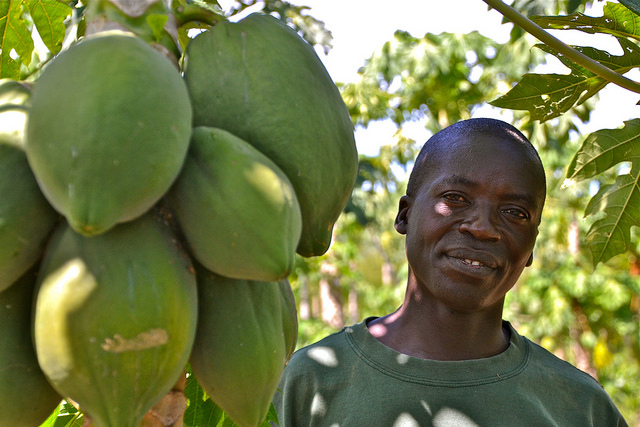Do agroforestry systems produce more and a greater range of ecosystem services than segregated agriculture and forestry systems? Agroforestry practices and multi-functional landscapes have recently returned to the forefront of discussion in response to challenges of the conventional agriculture systems.
Agroforestry systems are as diverse as climate zones, and, while claimed to provide great support for poverty eradication and food security as well as an effective resilience strategy against natural disasters, successful agroforestry projects are usually small scale and practically impossible to transfer from one place to another.
Indeed, the talks about the ways to scale up agroforestry and to transfer lessons from one place to another can be characterized by high uncertainty. However, the interest to take advantage of the benefits offered by agroforestry is high.
Developed as part of the cooperation between SIANI and Focali, this Discussion Brief, draws on the case studies from Sri Lanka, Ecuador, Nepal and Kenya. It elaborates on the key points of the discussion around agroforestry, food security and climate change and offers advice for policies aimed at development of agroforestry systems at a national level.
An effective agroforestry policy should start from a detailed study of the context, taking into account not only the bio-physical characteristics, but also the socio-cultural dimension. Integrating all the stakeholders into the project development would guarantee the ownership, and hence increase motivation for implementation. It will also help to incorporate different opinions.
After working through the context features, it is important to take the perspective of a farmer and then link agroforestry products to markets. “How can agroforestry provide local households with better food security and additional incomes?” would be the first question to answer.
Further, the discussion elaborates around the way to approach agroforestry from a market perspective and stresses the importance of land tenure rights for scaling up agroforestry.
The Brief concludes that due to high context specificity, the best policy strategy would be a toolbox with diverse policy options and good practices that can be adapted to a particular setting. Agroforestry policies should include both short and long term elements as well as incentives for investment.
Despite these conclusions, it is also noted that there is not enough research about the trade-offs and synergies between the options that are best for food security and those that are most preferable for climate mitigation or enhancement of ecosystem services.
